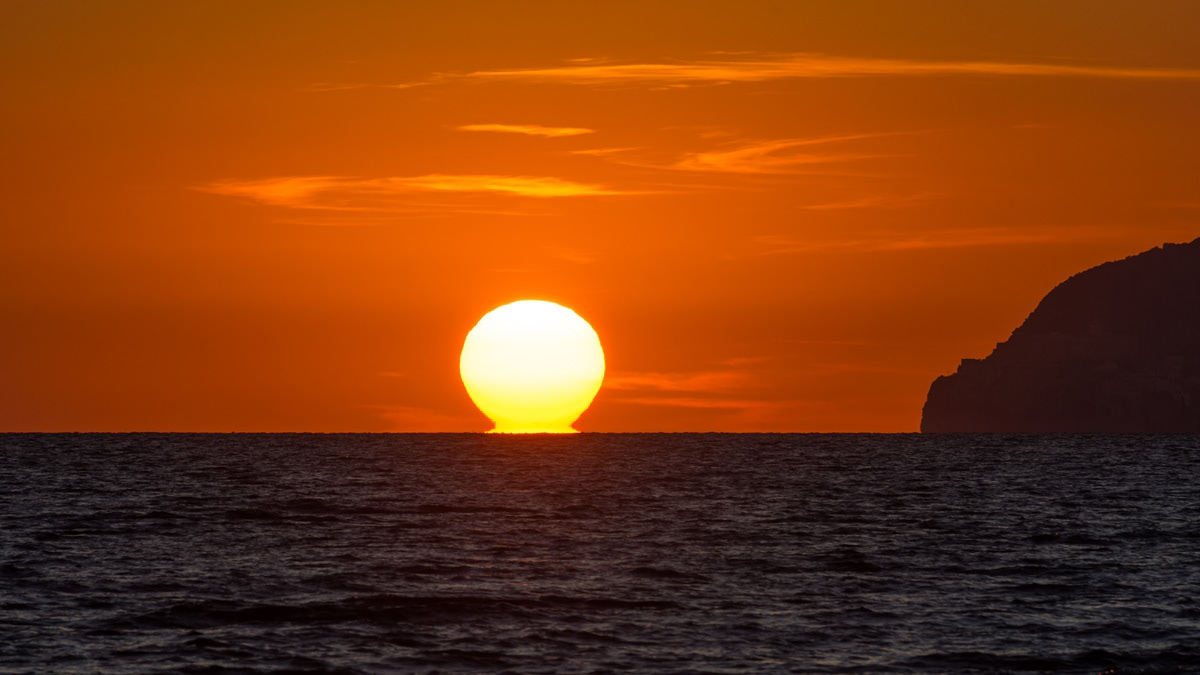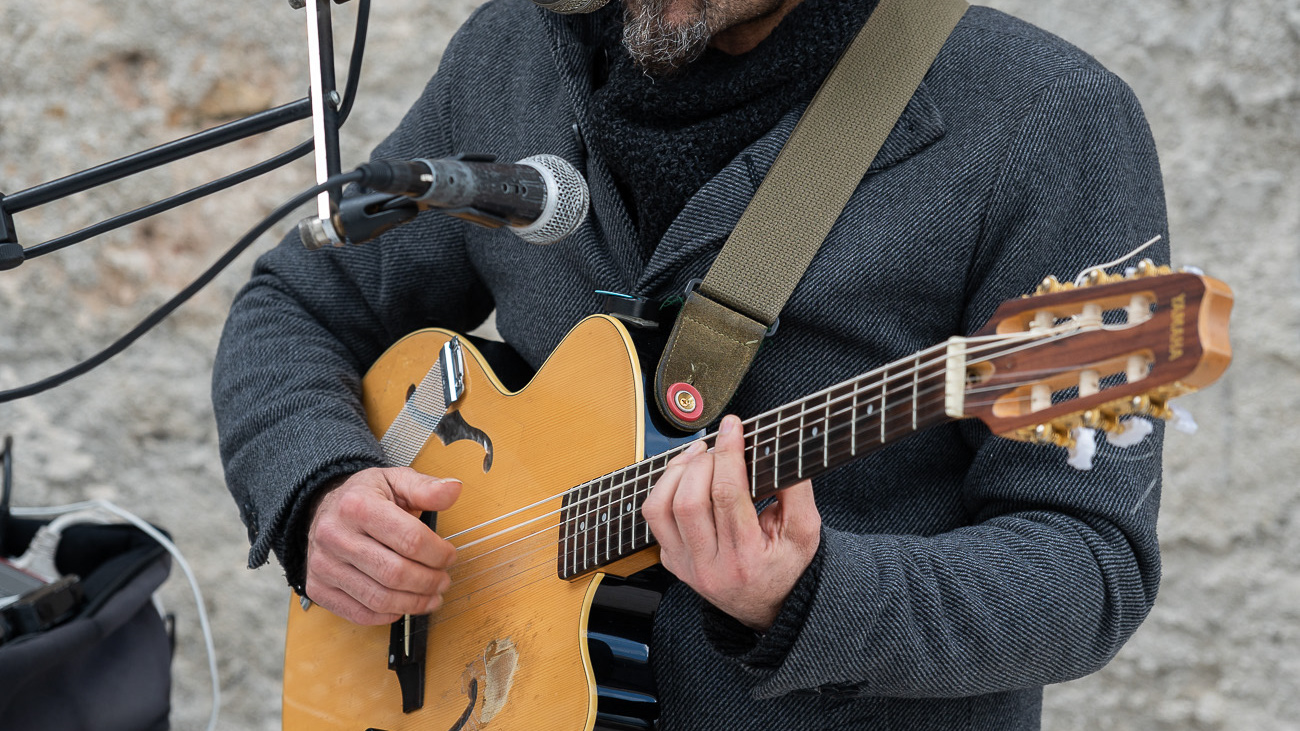Ship Amerigo Vespucci
The Amerigo Vespucci is a sailing ship of the Navy built as a training ship for the training of officer cadets of the normal roles of the Naval Academy. The Vespucci was designed together with her twin Cristoforo Colombo (although of slightly different dimensions) in 1930 by the engineer Francesco Rotundi, lieutenant colonel of the naval engineers and director of the Royal shipyards of Castellammare di Stabia. The training ship was launched on February 22, 1931 in Castellammare di Stabia. She left fully prepared on 2 July for Genoa where, on 15 October 1931, she received the battle flag in the hands of her first commander, Augusto Radicati di Marmorito. Her task was to support the Cristoforo Colombo in the training activity, and she was placed in the School Ships Division together with the Colombo and another minor ship, making various training cruises in the Mediterranean and the Atlantic; at the end of the Second World War, due to the effect of international agreements, the Cristoforo Colombo had to be sold together with other units to the USSR, as compensation for war damages.
You may also like










